Descripción
De acuerdo con sus ediciones anteriores más vendidas, Fundamentos de la aerodinámica, quinta edición de John Anderson, ofrece la descripción general más legible, interesante y actualizada de la aerodinámica que se puede encontrar en cualquier texto.
Se ha conservado la organización clásica del texto, así como sus acertadas características pedagógicas: hojas de ruta de los capítulos, recuadros de vista previa, recuadros de diseño y sección de resumen. Aunque los fundamentos no suelen cambiar con el tiempo, las aplicaciones sí lo hacen, por lo que se actualizan varios contenidos detallados y las cifras existentes se reemplazan con datos e ilustraciones modernos. Temas históricos, ejemplos cuidadosamente desarrollados, numerosas ilustraciones y una amplia selección de problemas de capítulos se encuentran a lo largo del texto para motivar y desafiar a los estudiantes de aerodinámica.
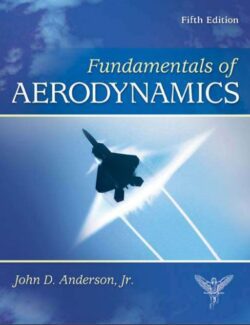
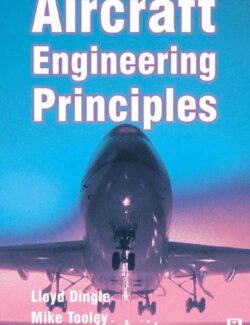
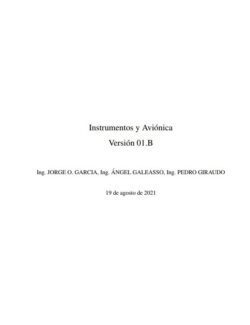
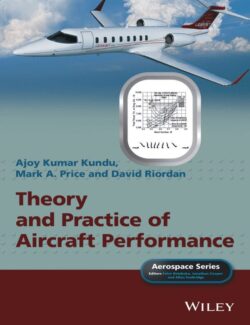
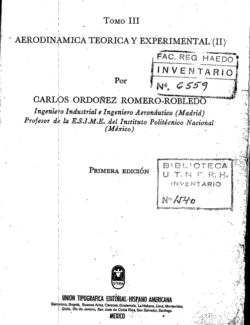
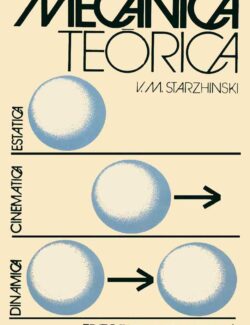
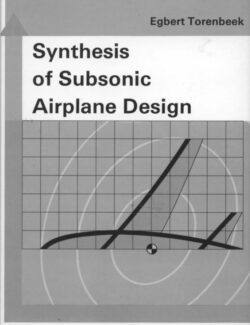
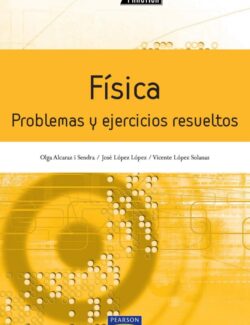
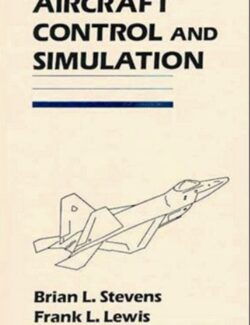




¿Qué piensas de este libro?
No hay comentarios